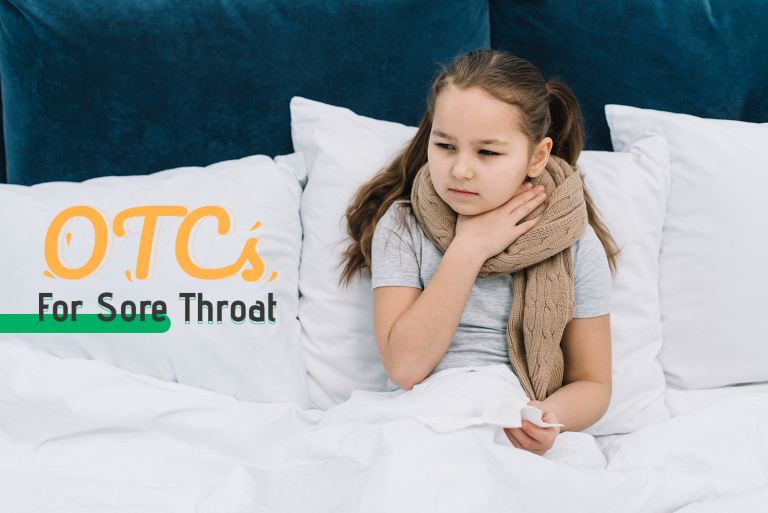Alcoholism, autoimmune diseases, and even opioid abuse are all topics that have been talked about, and that do affect most American households nowadays. But, what do they all have in common? They have a solution in common: Low Dose Naltrexone.
Naltrexone belongs to a class of drugs called Opiate Antagonists, indicated for the treatment of: alcohol dependence behavior modification, opioid dependence cessation programs, and rapid detoxification from opiate overdose. Naltrexone works by blocking the physiological activity of opiates. For instance, if a patient overdoses on morphine and gets the side effect of breathing suppression, Naloxone blocks the opiate receptors and reverses the actions of the drug. It saves lives! And, receptors are like locks, when they have the proper key, the lock opens; and function occurs.
Structurally, Opioid receptors look like another class of receptors called Toll-Like-Receptors (TLR4) that are involved in inflammatory processes. TLR-4 receptors complex is found throughout the body and most interestingly in the central nervous system, CNS. And because TLR are not just one type of receptors, they affect not only genomic activity, but intracellular and membrane responses.
Over 10 years ago, it was found that Naltrexone at a much lower dose, hence the name Low Dose Naltrexone; affects those TLR4 receptors. Research into the interaction of naltrexone with TLR4 has allowed for the novel use of Naltrexone as adjunct therapy for depression, chronic neuropathic pain, and gambling behavior modification, just to name a few.
Additionally, it is now thought to be the mechanism of action to down-regulate inflammation in the brain, leading to use for patients with autism and patients with chronic neuropathic pain hypersensitivity. The TLR-4 receptors are also found in immune cells throughout the peripheral tissue, allowing for immunomodulation, impacting multiple immune mediated disease states, including:
– HIV
– Cancer
– Multiple sclerosis (MS)
– All auto-immune diseases
– Fibromyalgia
– Ulcerative Colitis
– Irritable bowel syndrome (IBS)
– Itch – can be compounded as a topical cream with very good outcomes.
Because of these immunomodulatory effects, LDN is being looked at for arthritis sufferers as well. It also has a positive and profound effect on both wound healing and scar formation, preventing hypertrophy. Finally, it has been found to have
a positive impact on itch, as well as psoriasis and eczema.
An important note is that LDN should not be confused with homeopathy, where the active substance is diluted so many times that few, if any, of the original molecule remain in the eventual product. Even with the low dose, it still has an active ingredient with significant bioavailability that can also precipitate immediate short term opiate withdrawal.
On the same note, the side effects of LDN are manageable in most cases. Vivid dreams and sometimes upset stomach in the first few days are the most common ones, but the good news is that LDN can be compounded in forms to mitigate those side effects.
In summary LDN is not a miraculous drug, and it does not necessarily work for everyone, but if you have an autoimmune disease or deal with any of the medical conditions mentioned in this article and you find yourself in a deep dark place, LDN could be a way to move forward. It is one of the most adhered to compounds in independant pharmacies. It is very helpful in autoimmune conditions and very affordable at the same time
Have any questions about LDN? Reach out to us here, or call us at 262-4290-9429, or simply stop in!






